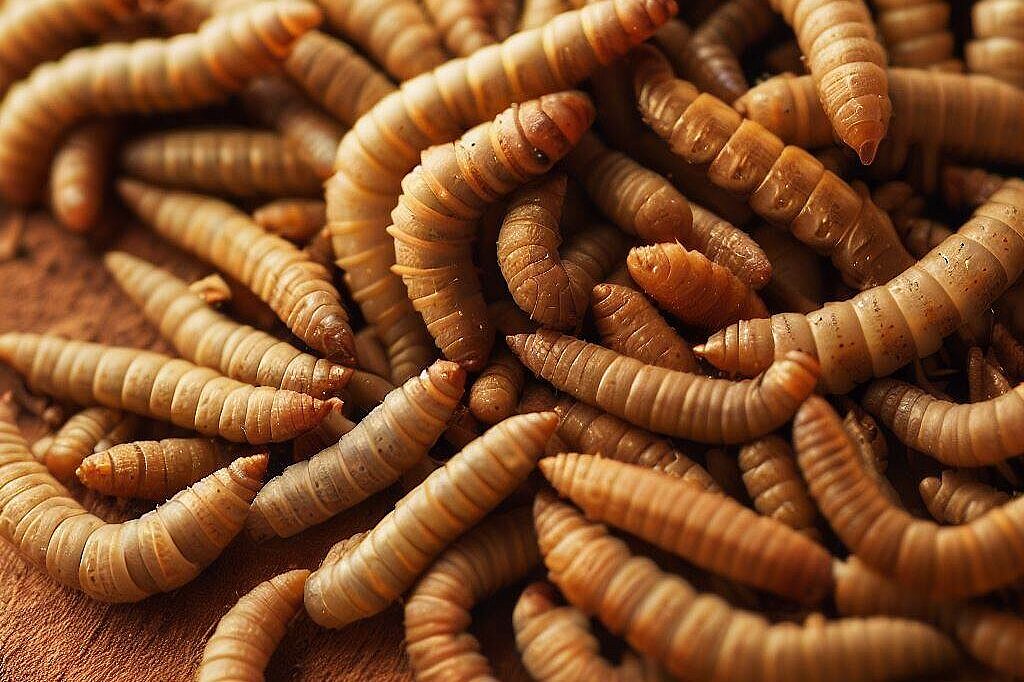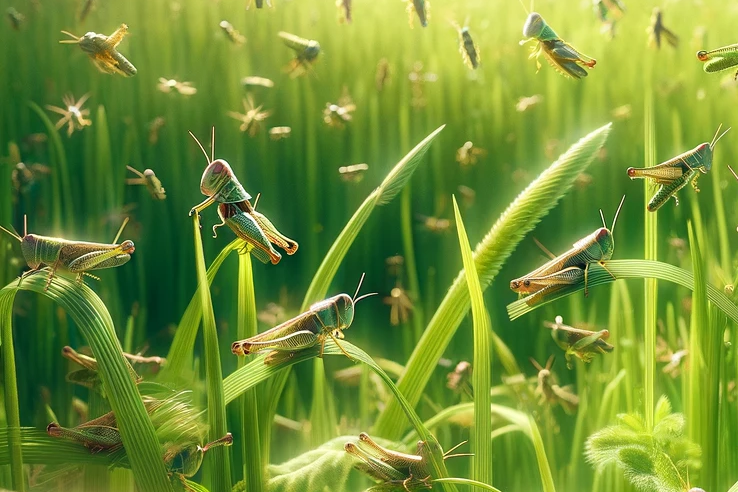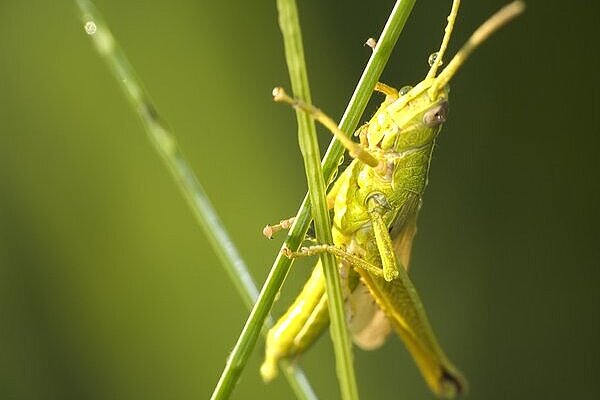Glossy black grain weevil

In the world of dog food, owners are constantly searching for the best ingredients to ensure the health and well-being of their faithful companions. One ingredient that has recently attracted attention is the shiny black grain beetle (Alphitobius diaperinus). This small beetle, commonly found in warehouses and grain storage, has a complex relationship with dog food. In this article, we'll take an in-depth look at the shiny black grain beetle, its characteristics and how it affects dog nutrition and health. We'll look at both the benefits and drawbacks to give you a comprehensive understanding.
What is the shiny black grain weevil?
The shiny black grain weevil is a small insect commonly found in grain stores and similar environments. It feeds on different types of grain, making it a pest in the food and feed industry. The beetle is known for its ability to survive and multiply rapidly in a wide variety of environments, making it difficult to control and prevent its spread.
Benefits of the shiny black grain beetle in dog food
Natural source of protein
The shiny black grain beetle can provide a high-quality source of protein for dogs. Insect protein is known for its sustainability and efficiency compared to traditional protein sources such as beef or chicken. It provides a complete amino acid composition that is essential for the health and growth of dogs.
Environmentally friendly
Raising glossy black grain beetles for feed is much more environmentally friendly than producing conventional meat. Insects require significantly less water, feed and land, making them a sustainable alternative.
Disadvantages of the shiny black grain beetle in dog food
Potential allergens
As with any new protein source, there is a possibility that some dogs may have an allergic reaction to shiny endosperm. Symptoms of allergy can include skin irritation, digestive upset and other health problems.
Risk of contamination
Since the shiny black grain weevil is often found in warehouses, there is a risk of contamination with pesticides and other chemicals. Strict quality control is required to ensure that the beetles used for dog food are free from harmful substances.
The shiny black grain mold presents itself as an interesting ingredient in the world of dog food, with both advantages and disadvantages. Its use as a protein source can improve the sustainability of dog food and provide a complete amino acid composition. However, care must be taken to avoid potential allergic reactions and the risk of contamination. Ultimately, the suitability of shiny endosperm as an ingredient in dog food depends on individual health conditions, allergies and the quality of feed production. A well-informed decision, coupled with careful monitoring of your dog's health, is the key to integrating new ingredients into their diet.
If you notice any signs of hypersensitivity or poisoning in your dog, you should see your vet immediately. We are not a substitute for a vet, but we try to be as accurate as possible. Every dog reacts differently and we recommend you get a second opinion or consult your vet if in doubt.
Stay healthy and take good care of your four-legged friend!😊
Similar to Glossy black grain weevil
Mealworms are the larvae of mealworms. They are mainly used as food for reptiles, birds and fish, but are also increasingly used as an ingredient in dog food and snacks. Mealworms can be fed both...
Grasshoppers belong to the order Orthoptera and are known for their ability to travel large distances in a short time, often in swarms that can cause significant agricultural damage. However, in...
Crickets are insects of the grasshopper order. They have six legs, two antennae and a long abdomen. They feed mainly on plants and live in various habitats around the world. Crickets have been used...
The silkworm moth (Bombyx mori) is a domesticated species of butterfly that is bred primarily for the production of silk. The larvae of the silkworm moth, often referred to as silkworms, feed...



